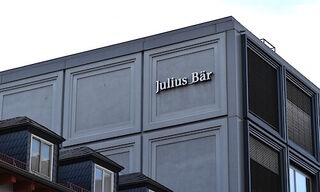Will HSBC Reward Asia?
Asia bolstered HSBC's bottom line over recent years. As the London-based bank is mulling plans to diminish its global footprint, will Asia be paid back?
Stuart Gulliver handed over the running of HSBC to Mark Tucker and John Flint, in February 2018. Less than two months in, the new leaders are planning to exit a swathe of markets, according to a «Bloomberg» report.
The U.K.-based but Asia-focused bank is said to be assessing a withdrawal from as much as a quarter of the 67 countries it currently operates in. HSBC may sell smaller consumer units in Bermuda and Malta, according to the report.
Asian Appreciation
Both Tucker and Flint have solid Asian credentials. Prior to taking on his HSBC role Tucker was group chief executive and president of AIA Group based in Hong Kong and before that founder and chief executive of Prudential Corporation Asia from 1994 to 2003.
Flint spent his first 14 years with HSBC in Asia, establishing an investment bank in the region. He moved back to London in 2004, and has represented HSBC in Hong Kong, Singapore, Indonesia, Thailand, India, Bahrain, and the U.S.
Pivot to Asia
HSBC's pretax profit for 2017 jumped 11 percent from the same period of 2016, fueled by surging growth in Asia. More than three quarters of the profit came from Asia, in particular from the retail banking and wealth management units, where Hong Kong was a major contributor.
Details of the leaner and meaner HSBC are expected mid-year 2018 alongside first-half results. The much touted pivot to Asia by the bank, especially within the Pearl River Delta, where it has committed to allocate more than $100 billion of capital, could put Asia at the core of HSBC's future plans.























